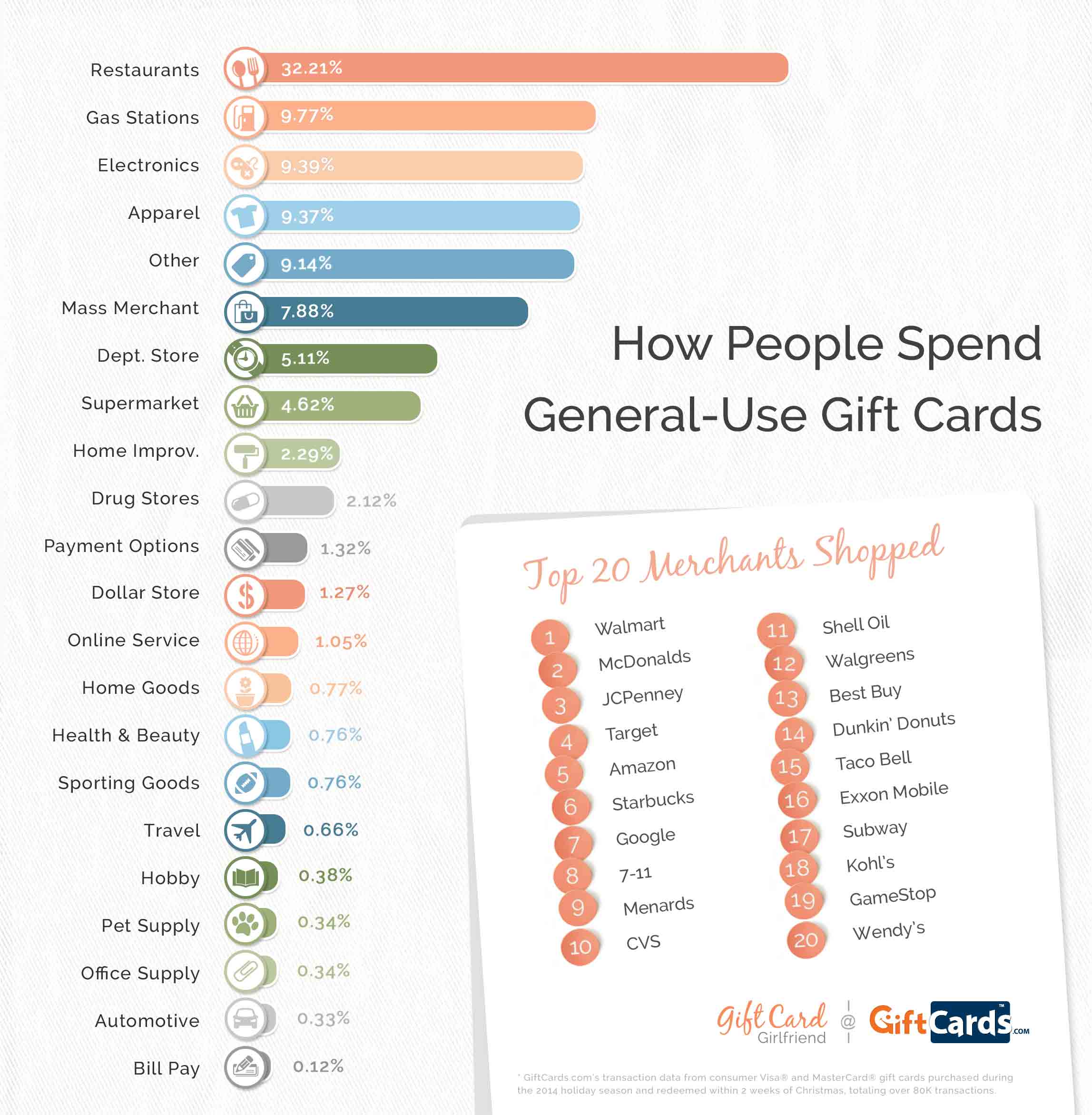Inscription is one of one of the most prominent methods for enhancing glass. It's easy to execute with your Epilog laser, and the results can be stunning.
This goblet made in between 1750 and 1770 is covered with elaborate Chinese-style concepts. The appeal of imported Chinese goods spurred English craftsmens to include this decorative technique.
1. Square
It may seem dull or ordinary to think of a square as anything aside from a level shape, but this geometric device is key to etching straight lines and achieving a selection of design styles. For example, a square graver enables a craftsmen to accomplish beautiful tapered lines that are difficult to achieve with rounded gravers used for gun engraving or knife inscription.
This technique is made use of for decorative glass, which includes a large range of layout trends, consisting of Chinese-style motifs as shown on this cup made between 1750 and 1770 in England. This sort of ornamental glass was important in the 1700s since it shared not just style but domestic and political loyalties, similar to this Jacobite images and words. It also recognized the drinker as fashionable and life, specifically as British social codes of politeness emphasized conformity over originality. The personalized scene on this goblet likewise showed the ability of an experienced craftsmen making use of wheel engraving.
2. Rectangle
Rectangles are a course of quadrangles with axes of symmetry through each pair of opposite sides. They additionally have a vertex-transitive symmetry.
Engraved glass coasters are a preferred sort of decorative glassware that features a style or message. They are usually used as gifts to honor occasions or unique occasions.
Laser etching and engraving are two different procedures that permit you to develop intricate designs on glass surfaces. Although they utilize comparable tools, they are based on different principles. Inscription eliminates product from the surface area of the glass making use of a physical procedure, while etching uses a chemical process to alter the appearance of the surface.
It is essential to examination and fine-tune the laser's rate, power, and concentrate setups on each item of glass to make certain that your task ends up flawlessly. This will certainly assist stop unneeded damage and minimize the danger of family crest engraving mistakes throughout manufacturing. It is likewise a great concept to use a covering up representative such as rub n aficionado to the glass prior to beginning a work. This will certainly maintain it damp and minimize the amount of warm that is transferred to the glass during the engraving process.
3. Round
Engraving imbues glass with definition that surpasses a simple design or name. It can communicate familial and political obligations, as highlighted by the crest on this cup from the 1700s. It can likewise communicate coded messages of politeness and class distinction, as exemplified by the engraved Jacobite images on this flower holder.
Complex glass engraving and etching styles require careful change of laser power, scanning rate, and concentrate setups to accomplish the preferred results. Putting in the time to examination and fine-tune these settings will reduce the risk of mistakes and breakage throughout manufacturing and aid create regularly top quality results.
While it is technically a subset of glass art, engraving varies from various other "chilly" glass decorating strategies such as etching and cut glass. Engraving leaves a surface area that is visible through view yet not really felt on touch, whereas engraving creates microscopic cracks that can be felt with the finger. It is most common to incorporate etching and inscription intact of glass.
4. Oval
Unlike the more inflexible rectangular shape or circle, the oval is prone to shifting up and down throughout rotation. This can cause imbalance between the laser and the glass, making it difficult to obtain a best result. It is often best to stay clear of etching ovals if possible, and to select a smaller dimension.
The 1700s saw a flowering of decorative strategies for glasses. Engraving imbued glass with significance, enabling people to reveal their social condition and express domestic or political loyalties. A Jacobite cup, for instance, was engraved with the family members crest and knowledgeables from the anthem.
It takes time, perseverance and a little method to gain efficiency in engraving or engraving glass. However, as soon as you've found a procedure that works well for you and your maker, you can create magnificent products that will certainly delight consumers. Using the appropriate settings can aid you accomplish regular results every single time. Make sure to examine your devices on a selection of different sorts of glass before trying larger projects.
